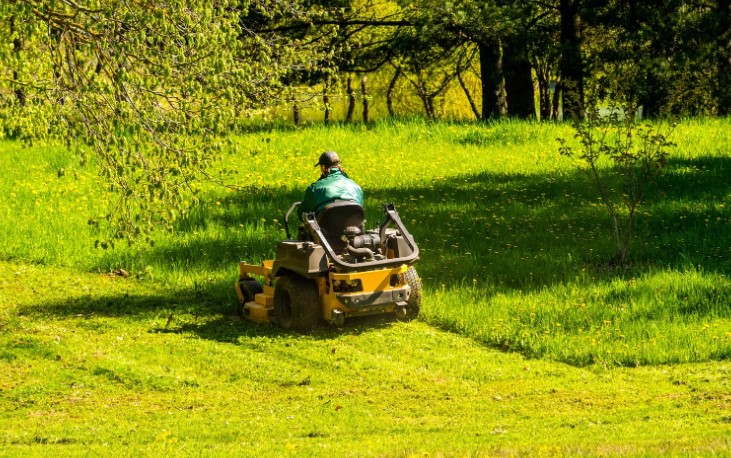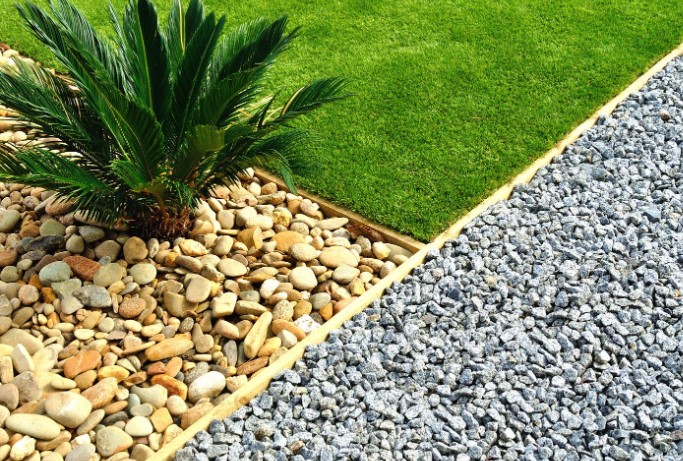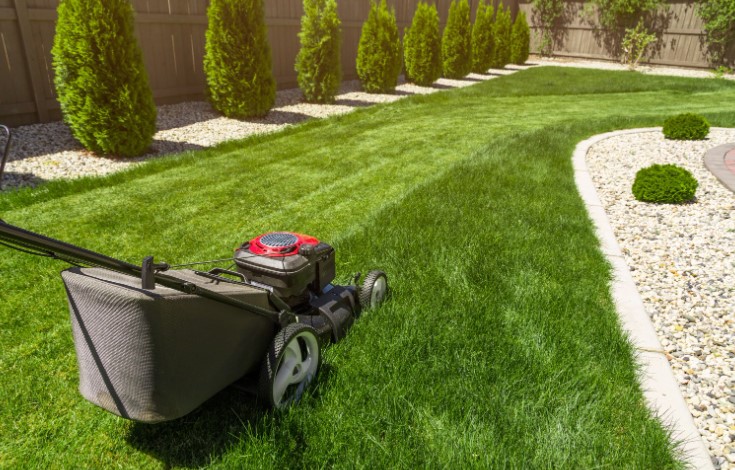- What Happens to Your Lawn After Scarifying?
- No Grass Left After Scarifying – What Should You Do?
- What To Do After Scarifying Lawn?
- How To Revive a Lawn After Scarifying?
- Common Mistakes To Avoid After Scarifying
- How Long Does It Take for a Lawn To Recover After Scarifying?
- Final Tips for a Healthy Lawn Year-Round
- Conclusion
Scarifying is an essential lawn care process that removes thatch, moss, and dead grass, allowing for healthier growth. However, after scarifying, many homeowners notice their lawn looking thin, patchy, or even bare in some areas.
If you’re wondering how to revive a lawn after scarifying, this guide will take you through the necessary steps to restore a lush, green lawn.
Whether you’ve removed too much grass, are unsure about watering, fertilising, or overseeding, or just want to avoid common mistakes, this guide covers everything you need to know.
What Happens to Your Lawn After Scarifying?
Scarifying can make a lawn look worse before it gets better. Here’s what typically happens after the process:
- Grass appears thinner – Scarifying removes dead material, but it can also pull out weak grass.
- Soil is exposed – Large patches of bare soil may appear where thatch was thick.
- Weeds and moss may try to grow – If not properly treated, weeds and moss can quickly return.
- Recovery time varies – Depending on the season, grass type, and lawn care, full recovery can take anywhere from 2 to 6 weeks.
If your lawn looks bare or unhealthy, don’t panic! With proper care, it can bounce back stronger.
No Grass Left After Scarifying – What Should You Do?
In some cases, scarifying may remove too much grass, leaving large bare patches or even an almost completely bald lawn. Here’s how to fix it:
1. Assess the Damage
- If more than 50% of the lawn is bare, it may need full overseeding.
- If only small patches are affected, spot reseeding should be enough.
2. Reseed or Start Fresh
| Lawn Condition | Recommended Action |
| Some thin patches | Overseed affected areas |
| More than 50% bare | Full overseeding |
| Completely bald | Consider starting fresh with new turf or seeding from scratch |
3. Improve Soil Health
- Apply a top dressing mix of compost and sand to nourish the soil.
- Aerate compacted soil in order to allow better air along with water penetration.
4. Follow a Strict Recovery Routine
- Water regularly but avoid overwatering.
- Use a good fertiliser to support new growth.
- Keep off the grass until it starts growing back.
With patience and the right care, even a completely bare lawn can regrow beautifully!

What To Do After Scarifying Lawn?
Once scarification is complete, the first 24-48 hours are crucial. Here’s what you should do:
Immediate Steps (Day 1-2)
- Remove any loose debris left from scarifying.
- Lightly water the lawn to reduce stress on the remaining grass.
- Avoid walking on the lawn too much.
First Week After Scarifying
- Overseed if needed to encourage new growth.
- Apply a high-phosphorus fertiliser for root development.
- Keep soil moist but not waterlogged.
Ongoing Maintenance (Weeks 2-6)
- Continue watering and fertilising as required.
- Mow only when new grass reaches about 7-8 cm in height.
- Watch for weeds and moss regrowth.

How To Revive a Lawn After Scarifying?
Should You Water the Lawn After Scarifying?
Yes! Proper watering is crucial after scarifying to help the lawn recover.
- Water lightly in the first 24 hours.
- For the first two weeks, water 2-3 times a week, depending on rainfall.
- Avoid overwatering, as it can lead to disease and moss growth.
When and How To Overseed a Scarified Lawn?
Overseeding helps fill in bare patches and encourages thicker growth.
- Best time to overseed: Early autumn or spring.
- Choose a high-quality grass seed suitable for the UK climate.
- How to overseed properly:
- Rake the soil lightly for better seed contact.
- Spread seed evenly at the recommended rate.
- Water immediately after seeding.
What Fertiliser Should You Use After Scarifying?
Applying fertiliser provides essential nutrients for recovery.
| Fertiliser Type | Best For | When to Apply |
| High-phosphorus (P) fertiliser | Root development | Immediately after scarifying |
| Nitrogen-rich fertiliser | Encouraging growth | 2-3 weeks after scarifying |
| Slow-release fertiliser | Long-term lawn health | 4-6 weeks after scarifying |
Should You Apply Top Dressing After Scarifying?
Top dressing helps improve soil quality and encourages new growth.
- Use a mix of sand, compost, and loam.
- Apply a thin layer (no more than 1 cm) evenly across the lawn.
- Brush it in to avoid smothering new grass.
How To Prevent Weeds and Moss From Returning?
After scarifying, moss and weeds can quickly take over. Prevent this by:
- Keeping the lawn healthy with proper watering and feeding.
- Using a moss killer before scarifying if moss is a problem.
- Mowing at the right height to prevent weeds from spreading.
Common Mistakes To Avoid After Scarifying
- Mowing too soon – Wait until new grass is at least 7-8 cm tall.
- Over or under-watering – Keep soil moist, but not soaked.
- Using the wrong fertiliser – Avoid high-nitrogen fertilisers too soon.
How Long Does It Take for a Lawn To Recover After Scarifying?
Recovery time depends on several factors:
| Factor | Impact on Recovery Time |
| Season | Faster recovery in spring/autumn, slower in winter/summer |
| Grass Type | Some varieties regrow faster |
| Watering & Feeding | Proper care speeds up recovery |
| Soil Condition | Healthy soil helps grass establish quicker |
Most lawns take 4-6 weeks to recover fully after scarifying.

Final Tips for a Healthy Lawn Year-Round
- Scarify at the right time – Best done in autumn or spring.
- Feed your lawn regularly with a balanced fertiliser.
- Aerate and overseed annually for thicker grass.
- Mow at the correct height to prevent stress on the grass.
By following these tips, your lawn will stay lush, green, and healthy all year round!
Conclusion
Scarifying is essential for a healthy lawn, but it can leave your grass looking thin or even bare. The key to reviving a lawn after scarifying is proper watering, overseeding, fertilising, and regular maintenance.
If you follow the steps in this guide on how to revive a lawn after scarifying, your lawn will recover beautifully and be stronger than ever!


0 Comments